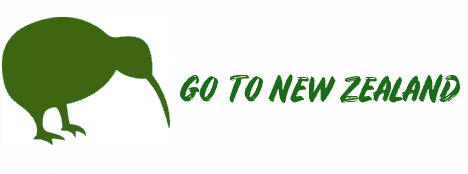
Rotorua/ Te Rotorua-nui-a-Kahumatamomoe
Rotorua is situated in the heart of New Zealand’s North Island in the beautiful Bay of Plenty region. The city lies on the Rotorua Caldera and is noted for its geothermal activity in the form of geysers and mud pools located throughout the area. It is also the heartland of Maori culture.
Rotorua has a population of roughly 68 000. The town has a mild climate, with temperatures rarely rising above 25 degrees Celsius (75 degrees Fahrenheit.) Winters are cool.
The town has cultural significance for the Maori people. Lake Rotorua was said to be the second major lake discovered by the great Maori chief Ihenga of the Te Arawa tribe. In the Maori language, roto means lake and rua means two; translated loosely, Rotorua means second lake. The full Maori name, Te Rotorua-nui-a-Kahumatamomoe, is taken from Ihenga’s uncle Kahumatamomoe, to whom the chief dedicated his find.
The Te Arawa tribe were the first to inhabit Rotorua, and with 40 000 Te Arawa members remaining in the area today, they make up the largest cultural group in the Rotorua and Bay of Plenty areas.
Phillip Tapsell, a Bay of Plenty trader, is believed to have been the first European to inhabit the area, settling in 1828. Tapsell later married a member of the Te Arawa iwi. Missionaries moved into the area in 1835 and a special town district was established in 1883 to take advantage of Rotorua’s potential as a tourist destination. The connection of the Rotorua Express railway in 1894 increased the influx of tourists.
The geographical borders of Rotorua contain seventeen lakes, making the area popular with fans of water sports. Fishing and water skiing are especially popular, and swimmers can be found in the lakes all throughout summer. Lake Rotorua is the departure and landing spot for float planes. Rotorua hosted the 2007 World Waterskiing Championships and the inaugural World Blind Sailing Championships in 2009.
Rotorua is also a popular mountain biking spot. Whakarewarewa (also known as the Redwoods) have been described as the Disneyland of mounting biking and in 2006 was the site of the UCI Mountain Bike and Trials World Championships.
As well as geysers and mud pools, Rotorua is home to Te Wairoa (also known as the Buried Village), a town that was buried in 1886 by the eruption of Mount Tarawera. Te Wairoa has since been excavated and its ruins and relics are on display for the public to enjoy. It is located on the shores of Tarawera.
Rotorua is a beautiful town with unusual geographic features and a fascinating Maori culture.
